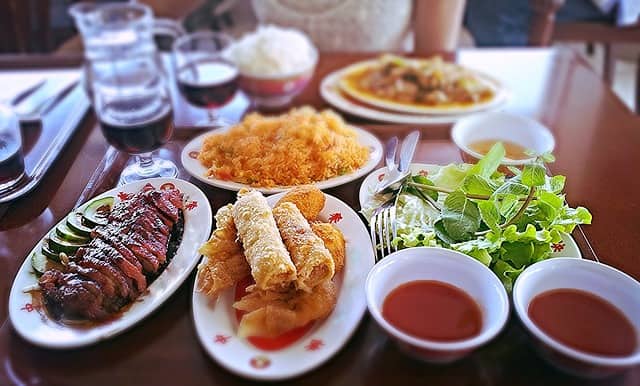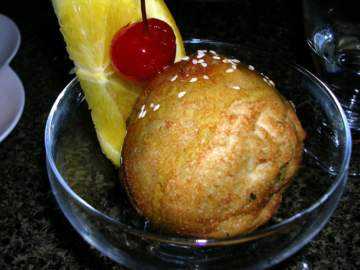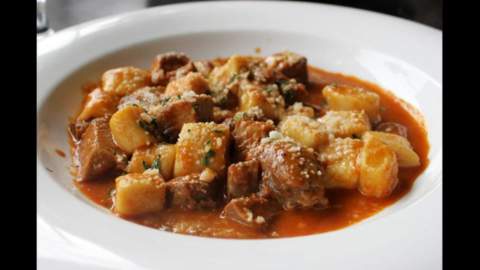In continuation to the earlier post– Marvelous Singapore here are some culinary
delicacies to relish while in Singapore
Incredible Peranakan Food in Singapore
Peranakans are Straits-born Chinese – so Chinese descendants born along the straits of Malacca in Malaysia, Singapore, and a few in southern Thailand. They are known for adopting and sometimes intermarrying with the local Malay population, and so the Peranakan food reflects a unique blend of both Chinese and Malay, and it’s an amazing combination.
Daisy’s Dream Kitchen is a small family-run restaurant in the Clementi area of Singapore. The restaurant not only serves amazing food, but it also has a unique story. Daisy, who is the principal cook and owner, loved to cook for her family and friends. Her family loved her cooking and it was her dream to eventually open a restaurant. But she started off at a food court and sold just a few minimum Peranakan dishes. Eventually, they opened a full restaurant called Daisy’s Dream Kitchen. The passion of service and hospitality, paired with delicious food, is what made it such a good experience to eat there.
Fish Head Curry in Singapore – Giant Fish Head, Amazing Singaporean Food!
Fish head curry has an interesting and unique history in Singapore… it’s said that there was an Indian Chef who had a group of Chinese customers that he needed to cook for. He knew the fish head was a delicacy in Chinese culture, and so he decided to cook a fish head but use Indian style curry. His idea went perfectly, so perfectly that today it’s one of the main iconic dishes in Singapore, and it’s the single-handed dish that you would go straight from the airport in Singapore just to eat – which is exactly what we did.
The Banana Leaf Apolo is a longstanding south Indian restaurant in Singapore, and although they now have a couple of branches, the old main branch is in Little India along Race Course Road. They have a full menu of different Indian dishes and they also have a cabinet full of pre-cooked dishes to order as well, but it wouldn’t be right to go there and not eat fish head curry. There were a couple of different fish head sizes, but I couldn’t resist ordering the biggest size. The fish head curry was excellent, and it wasn’t too oily or rich. Instead, it was almost like an incredibly spice-filled broth, it was both thin and flavorful, and it went extremely well with the soft red snapper head of the fish.
Claypot Rice – The Biggest Hawker Centre in Singapore
Chinatown Complex Food Centre is one of the biggest and I think one of the best hawker centres in Singapore. If you’re looking for a hawker centre in Singapore that has everything (mostly on the Chinese side) of Singaporean food you can think of, you’ve got to check out Chinatown Complex Food Centre. It’s one of the biggest and busiest hawker food courts in all of Singapore, and when you arrive there you’ll be in a food paradise.
Lian He Ben Ji Claypot Rice, a legendary hawker stall that specializes in rice and chicken cooked in a clay pot. A mixture of raw rice and water are added to the clay pot, then after cooking for some time, a mixture of chicken, vegetables, Chinese sausage, and some seasonings gets added to the rice, then cooked for a precise amount of time until everything melts together in a harmony of flavours and a crust of rice on the bottom that has a smoky charred flavour
A few other things in the hawker centre, including some Singapore style fresh poh pia. The poh pia included a thin crepe that was filled with an assortment of vegetables and seasonings, then wrapped up into an egg roll shape, but it wasn’t deep-fried. Poh, pia is one of those snacks that fall somewhere in between a savoury snack and a dessert – it’s both sweet and salty all at the same time.








